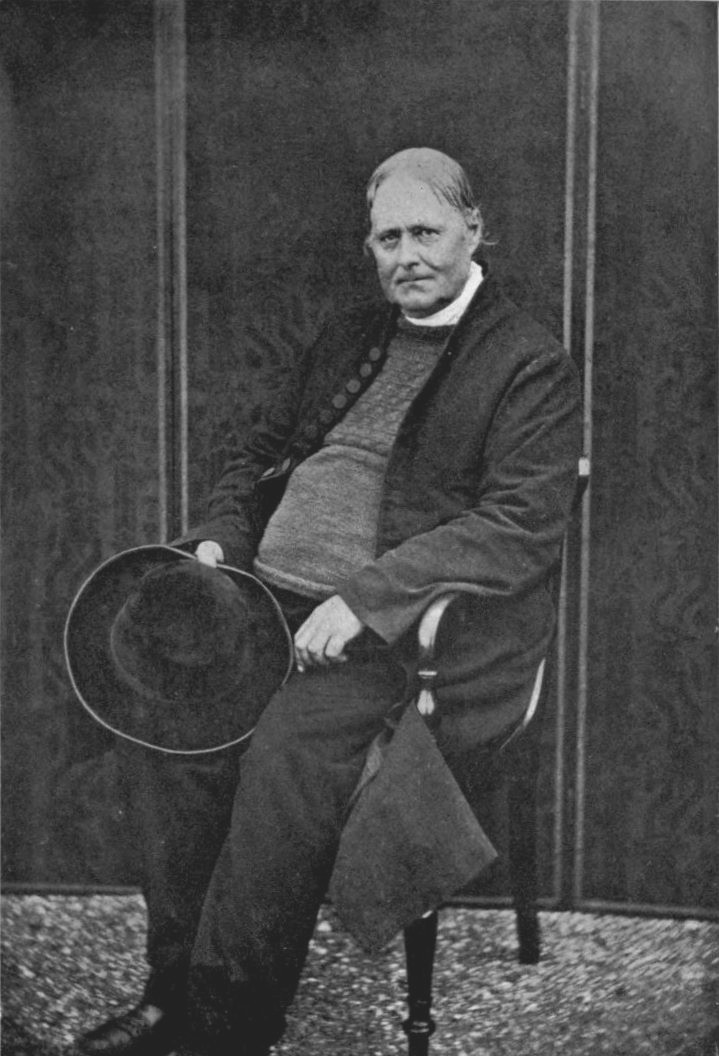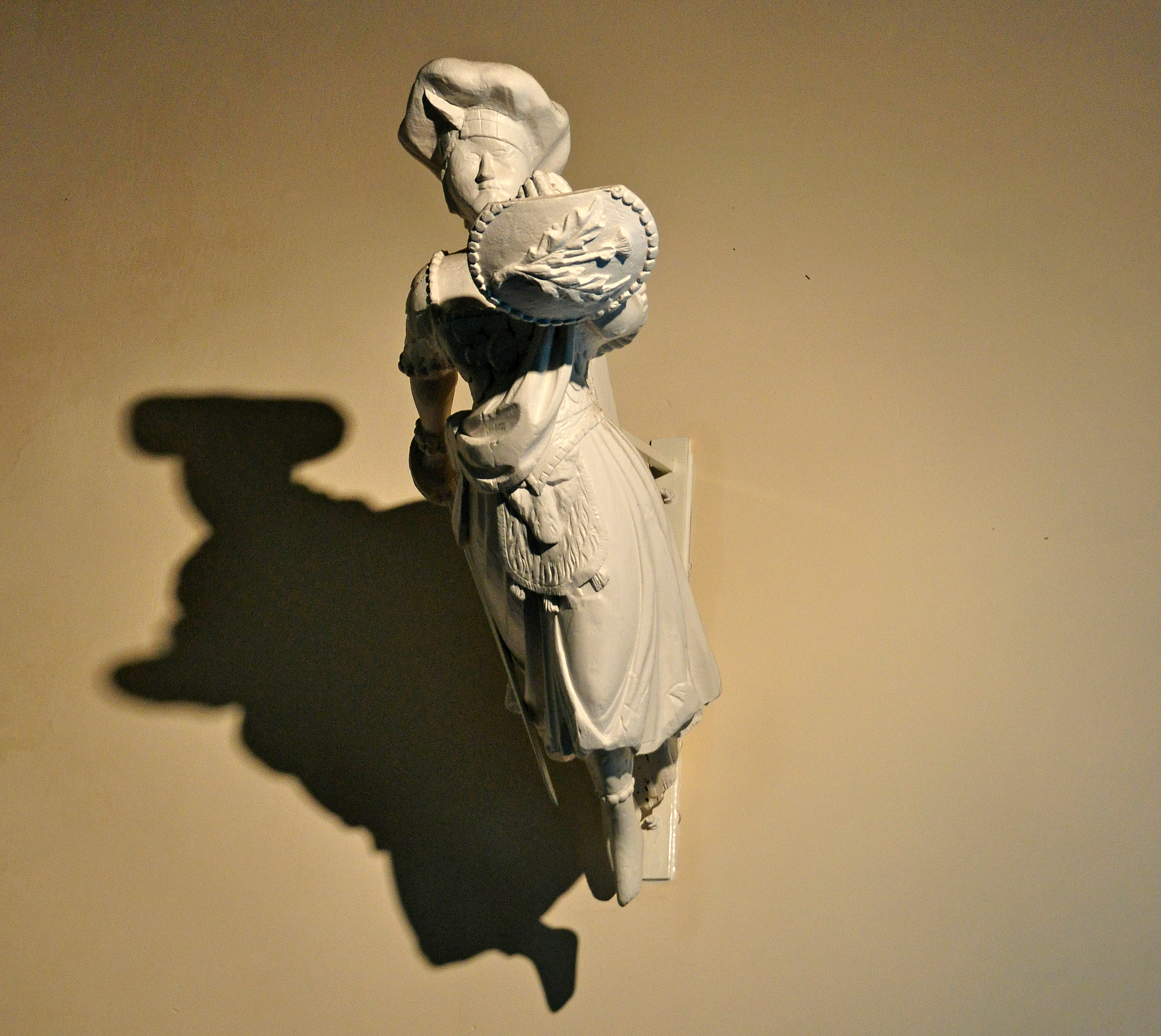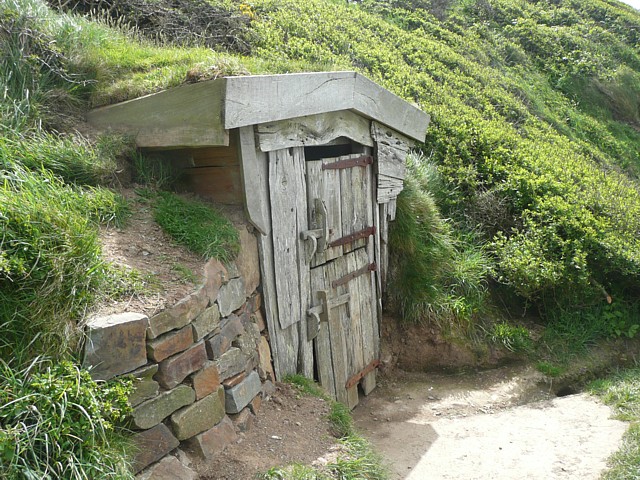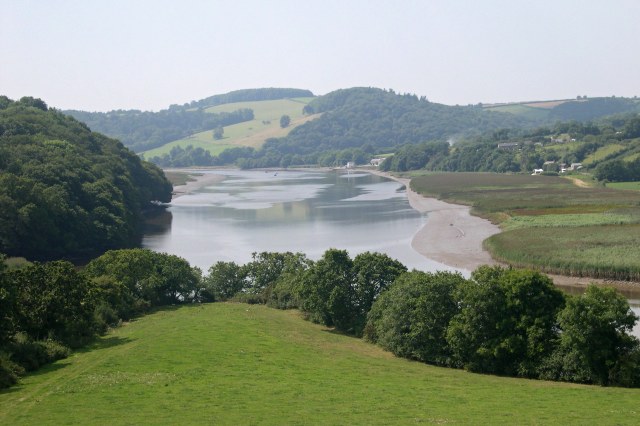|
Morwenstow
Morwenstow ( kw, Logmorwenna) is a civil parish in north Cornwall, UK. The parish abuts the west coast, about six miles (10 km) north of Bude and within the Cornwall Area of Outstanding Natural Beauty (AONB). Morwenstow is the most northerly parish in Cornwall. As well as the churchtown (a hamlet called Crosstown), other settlements in the parish include Shop, Woodford, Gooseham, Eastcott, Woolley and West Youlstone. The population at the 2011 census was 791. Morwenstow parish is bounded to the north and east by parishes in Devon, to the south by Kilkhampton parish and to the west by the Atlantic. The River Tamar has its source at a spring on Woolley Moor, at , which is in the parish near the border with Devon. Morwenstow is the one-time home of the eccentric vicar and poet Robert Stephen Hawker (1803–1875), the writer of Cornwall's anthem '' Trelawny''. Hawker is also credited with reviving the custom of Harvest Festivals. Parish church The Church of St Morwenna ... [...More Info...] [...Related Items...] OR: [Wikipedia] [Google] [Baidu] |
Church Of St Morwenna And St John The Baptist, Morwenstow
The Church of St Morwenna and St John the Baptist is the parish church of Morwenstow, north Cornwall, England, United Kingdom, the most northerly parish in Cornwall. The church is dedicated to Morwenna, a local saint, and to John the Baptist, and is recorded in the National Heritage List for England as a designated Grade I listed building. It is an active Anglican parish church in the diocese of Truro, the archdeaconry of Bodmin, and the deanery of Stratton. Its benefice is combined with that of St James, Kilkhampton to form the United Benefice of Kilkhampton with Morwenstow. From 1835 to 1874 the vicar of the parish was Rev. R. S. Hawker, poet and antiquary who is credited with creating the modern form of the harvest festival church service to give thanks for a good harvest in 1842. It stands in a remote position near cliffs on the north coast of Cornwall. Amongst the tombs and gravestones in the churchyard is the preserved figurehead from a ship which was wrecked ne ... [...More Info...] [...Related Items...] OR: [Wikipedia] [Google] [Baidu] |
Robert Stephen Hawker
Robert Stephen Hawker (1803–1875) was a British Anglican priest, poet, antiquarian and reputed eccentric, known to his parishioners as Parson Hawker. He is best known as the writer of " The Song of the Western Men" with its chorus line of "And shall Trelawny die? / Here's twenty thousand Cornish men / will know the reason why!", which he published anonymously in 1825. His name became known after Charles Dickens acknowledged his authorship of "The Song of the Western Men" in the serial magazine '' Household Words''. Biography Hawker was born in the clergy house of Charles Church, Plymouth, on 3 December 1803. He was the eldest of nine children and grandson of Robert Hawker, vicar of Charles Church. When he was about ten years old his father, Jacob Stephen Hawker, took Holy Orders and left Plymouth to become curate of Altarnun, leaving him in the care of his grandparents. By this time Hawker was already reading and writing poetry. He was educated at Liskeard Grammar School ... [...More Info...] [...Related Items...] OR: [Wikipedia] [Google] [Baidu] |
Morwenna
Morwenna is the eponymous patron saint of Morwenstow, a civil parish and village in north Cornwall, UK. Her name is thought to be cognate with Welsh '' morwyn'' "maiden", although the first name is also used in Brittany and said to be composed of "Mor" and "Gwenn", meaning "White sea" in Breton. Life Morwenna first appears in a 12th-century life of Saint Nectan that lists her alongside Endelient, Mabyn and Menfre (among many others) as a daughter of the Welsh king Brychan. Orme, Nicholas (2000). , Oxford University Press, p. 196. She was trained in Ireland before crossing over to Cornwall. Morwenna made her home in a little hermitage at Hennacliff (the Raven's Crag), afterwards called Morwenstow (meaning "Morwenna's holy-place"). It stands near the top of a high cliff overlooking the Atlantic Ocean, where the sea is almost constantly stormy, and from where, in certain atmospheric conditions, the coast of Wales can be seen. She built a church there, for the local people, w ... [...More Info...] [...Related Items...] OR: [Wikipedia] [Google] [Baidu] |
Caledonia (1839 Brig)
The ''Caledonia'' was a brig of some 200 tons (bm), built in Arbroath, Scotland, and wrecked on 7 September 1843 on Sharpnose Point, near Morwenstow, Cornwall. Final voyage In September 1842 the ''Caledonia'' was homeward bound from Odessa, and called in at Falmouth to bury a crewman who had died of wounds suffered during a knife fight in Constantinople. The ''Caledonia'' then sailed for Gloucester to unload her cargo of wheat. As she departed Falmouth a north-westerly gale was raging. At about 1 am on the morning of 8 September the ship's lookout saw waves breaking to leeward on Sharpnose Point, near Morwenstow, Cornwall. Her captain, Stevenson Peter, shortened sail and tried to stand clear of the shore, but the ship refused to come up and soon hit the rocks at Sharpnose Point. As they hit, the captain ordered the crew to climb into the rigging, but the mast collapsed, throwing them into the sea where they all died. The sole survivor was Edward Le Dain from Jersey who m ... [...More Info...] [...Related Items...] OR: [Wikipedia] [Google] [Baidu] |
Hawker's Hut
Hawker's Hut is an historic hut at Morwenstow, Cornwall originally built by the eccentric clergyman, poet and antiquarian, Robert Stephen Hawker (1803 – 1875), close to Higher Sharpnose Point. The hut is located approximately 1 mile from Morwenstow Church. The hut is mainly of timber construction and is partially built into the hillside (earth sheltered) with a turf roof. It was originally built from driftwood and timber retrieved from shipwrecks by the eccentric vicar and poet. Parson Hawker spent many hours in the hut writing poems and smoking opium, perhaps inspired by the views of the Atlantic Ocean. Visitors to the hut during Hawker's time there included Alfred Tennyson in 1848 (with whom Hawker toured Tintagel) and Charles Kingsley. Today the hut is accessible on foot from the coastal footpath via a short set of steps. Hawker's hut has been maintained since its original construction although some of the original elements are still present. It is currently the sm ... [...More Info...] [...Related Items...] OR: [Wikipedia] [Google] [Baidu] |
West Youlstone
West Youlstone is a hamlet in north Cornwall, England, United Kingdom. It lies seven miles north north west of Bude and north of Kilkhampton along the A39 road. It belongs to the parish of Morwenstow, and lies to the east of it. East Youlstone is immediately to the east but is in Devon. History Archaeological discoveries on the site have revealed it was occupied in the Bronze Age The Bronze Age is a historic period, lasting approximately from 3300 BC to 1200 BC, characterized by the use of bronze, the presence of writing in some areas, and other early features of urban civilization. The Bronze Age is the second prin .... It is mentioned in the memoirs of James Thorne of Shebbear. References Hamlets in Cornwall Morwenstow {{Cornwall-geo-stub ... [...More Info...] [...Related Items...] OR: [Wikipedia] [Google] [Baidu] |
River Tamar
The Tamar (; kw, Dowr Tamar) is a river in south west England, that forms most of the border between Devon (to the east) and Cornwall (to the west). A part of the Tamar Valley is a World Heritage Site due to its historic mining activities. The Tamar's source is less than from the north Cornish coast, but it flows southward and its course runs across the peninsula to the south coast. The total length of the river is . At its mouth, the Tamar flows into the Hamoaze before entering Plymouth Sound, a bay of the English Channel. Tributaries of the river include the rivers Inny, Ottery, Kensey and Lynher (or ''St Germans River'') on the Cornish side, and the Deer and Tavy on the Devon side. The name Tamar (or Tamare) was mentioned by Ptolemy in the second century in his ''Geography''. The name is said to mean "great water."Furneaux, Robert. The Tamar: A Great Little River. Ex Libris Press. 1992. Foot, Sarah. ''The River Tamar''. Bossiney Books. 1989.Neale, John. Discoveri ... [...More Info...] [...Related Items...] OR: [Wikipedia] [Google] [Baidu] |
Shop, Cornwall
Shop is a hamlet in Morwenstow civil parish, north of Bude in Cornwall, England, United Kingdom. OS grid reference is SS2214. Shop lies within the Cornwall Area of Outstanding Natural Beauty The Cornwall Area of Outstanding Natural Beauty covers in Cornwall, England, UK; that is, about 27% of the total area of the county. It comprises 12 separate areas, designated under the National Parks and Access to the Countryside Act 1949 for ... (AONB).Ordnance Survey ''One-inch Map of England & Wales; Bude: sheet 174''. 1946 References Hamlets in Cornwall Morwenstow {{Cornwall-geo-stub ... [...More Info...] [...Related Items...] OR: [Wikipedia] [Google] [Baidu] |
Woodford, Cornwall
Woodford is a hamlet in northeast Cornwall, England, United Kingdom. It is located southeast of Morwenstow, northwest of Kilkhampton and north of Flexbury.''Philip's Street Atlas Cornwall''. London: Philip's, 2003; p. 4 It contains the Woodford Methodist Church. Woodford lies within the Cornwall Area of Outstanding Natural Beauty The Cornwall Area of Outstanding Natural Beauty covers in Cornwall, England, UK; that is, about 27% of the total area of the county. It comprises 12 separate areas, designated under the National Parks and Access to the Countryside Act 1949 for ... (AONB). References Hamlets in Cornwall Morwenstow {{NorthCornwall-geo-stub ... [...More Info...] [...Related Items...] OR: [Wikipedia] [Google] [Baidu] |
Gooseham
Gooseham ( kw, Pras an Woodh) is a hamlet in northeast Cornwall, England, United Kingdom. It is situated six miles (11 km) north of Bude and is approximately one kilometre south of the border with Devon.Ordnance Survey: Landranger map sheet 190 ''Bude & Clovelly'' The Marsland Valley nature reserve is near the hamlet. It is in the civil parish of Morwenstow, and its size been described by a resident as consisting of just "two houses and a wood rick." Gooseham lies within the Cornwall Area of Outstanding Natural Beauty The Cornwall Area of Outstanding Natural Beauty covers in Cornwall, England, UK; that is, about 27% of the total area of the county. It comprises 12 separate areas, designated under the National Parks and Access to the Countryside Act 1949 for ... (AONB). References External links Hamlets in Cornwall Morwenstow {{NorthCornwall-geo-stub ... [...More Info...] [...Related Items...] OR: [Wikipedia] [Google] [Baidu] |
Cornwall
Cornwall (; kw, Kernow ) is a historic county and ceremonial county in South West England. It is recognised as one of the Celtic nations, and is the homeland of the Cornish people. Cornwall is bordered to the north and west by the Atlantic Ocean, to the south by the English Channel, and to the east by the county of Devon, with the River Tamar forming the border between them. Cornwall forms the westernmost part of the South West Peninsula of the island of Great Britain. The southwesternmost point is Land's End and the southernmost Lizard Point. Cornwall has a population of and an area of . The county has been administered since 2009 by the unitary authority, Cornwall Council. The ceremonial county of Cornwall also includes the Isles of Scilly, which are administered separately. The administrative centre of Cornwall is Truro, its only city. Cornwall was formerly a Brythonic kingdom and subsequently a royal duchy. It is the cultural and ethnic origin of the Cornish diaspora ... [...More Info...] [...Related Items...] OR: [Wikipedia] [Google] [Baidu] |
The Song Of The Western Men
"The Song of the Western Men", also known as "Trelawny", is a Cornish patriotic song, composed by Louisa T. Clare for lyrics by Robert Stephen Hawker. The poem was first published anonymously in ''The Royal Devonport Telegraph and Plymouth Chronicle'' in September 1826, over 100 years after the events. Background Hawker, a churchman, claimed authorship for the words except for the chorus. He assumed that the Trelawny mentioned in those three lines was Sir Jonathan Trelawny, the Bishop of Bristol, who had been imprisoned in the Tower of London by King James II in 1688. However it is more likely that it referred to his grandfather, Sir John Trelawny, a Cornish Royalist leader who had been imprisoned by parliament in 1628. The people of Cornwall did not actually march to rescue Trelawny, as told in the song. He was imprisoned in the Tower of London for three weeks, then tried and acquitted. Hawker's poem was set to music by Louisa T. Clare in 1861. Hawker was so pleased with C ... [...More Info...] [...Related Items...] OR: [Wikipedia] [Google] [Baidu] |
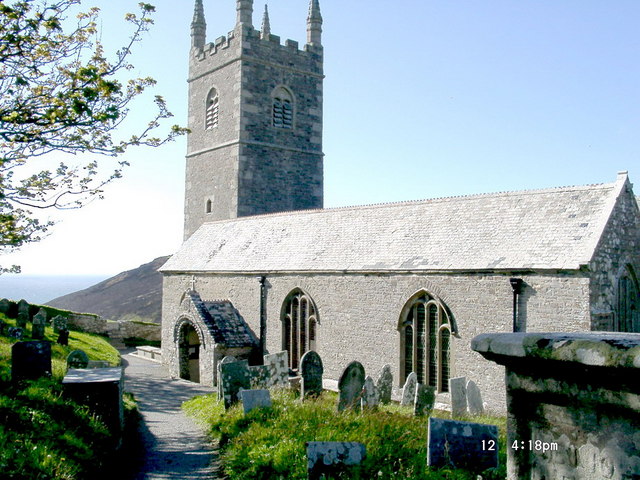
.jpg)
